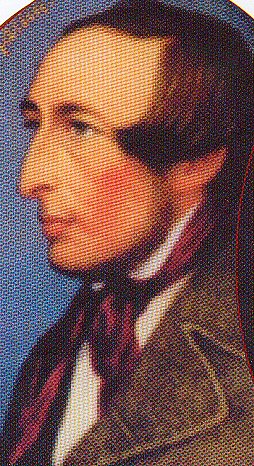Perhaps the most potent political force, today as it has been for millennia past, is Nationalism. When combined with foreign occupation, a deep sense of injustice and a prevailing mood of liberalism, it can become the prime political motive force in any country, uniting individuals of otherwise disparate opinions and interests.
Students of Irish history will recognise and understand from this description the rise of the United Irishmen (1790s), Young Ireland (1840s) the Irish Republican Brotherhood (1860s) and the IRA right up to the present day, not to mention the constitutional nationalist tradition from, for example, O’Connell to today’s SDLP.
Advocates are convinced that history marches inexorably towards their goal. There is much evidence in support of this view. Physical force adherents cite the obduracy and cruelty of occupying forces and the deeply-entrenched interests of the occupier to justify their own use of military measures, and from time to time, often boosted by the creation of martyrs, this has become the prevailing view.
It is necessary to keep all this in mind when attempting to assess the contribution to history of Young Ireland, a task I am about to undertake.
This is of special interest to Newry people as our contribution to Young Ireland leaders – in respect of John Mitchel and John Martin and John O’Hagan- was significant.
… more later …
